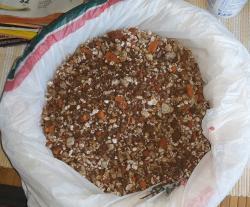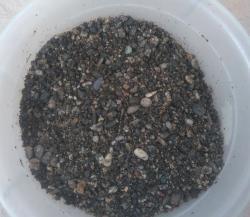Great idea for thread. Should make a great reference tool

i want to start off by saying i am not really a long time grower. i have been into succulents for less than 3 years. So you better take my expertise with a "pinch of soil"

(terrible

)
I think the mix i use is a consequence of where I live. I should explain a little about the weather here
Lets start off with temperatures 15 degrees average and a max of 20 degrees in the hottest month

What about rainfall


So it rains.. a lot...
sunshine? - nearly 6 hrs a day at best

lets compare that to LA, so that more sun in the worse month compared to my best, nearly double the sunshine hrs in the summer

What this all adds up to is an environment that is less than ideal . zero chance of outside growing, so my plants end up behind some form of glass most of the time, which cuts back my light intensity even further
my mix therefore is intentionally gritty / fast draining as after a watering (even at the best of times) i can quickly lose the light levels that promote good growth and the plants can sort of 'switch off' and the roots can rot or be compromised
like others have said, I don't think these plants are very demanding from a substrate point of view ( they just cannot do cold and wet)
My mix is an off the shelf cactus soil called 'cactus focus'
https://www.amazon.co.uk/CACTU...
I mix this with 20-30% perlite until it looks like this

actually that pic is probably less perlite than i would typically add (as i have just added a bag of soil)
I then mix this off 50-50 with a gravel

90% of my plants go in clay pots because they are porous and dry out faster i. I am always buying them

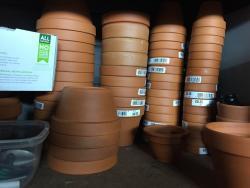
i put a mesh at the bottom of each pot to try to prevent soil loss (there isnt much there anyway right!)
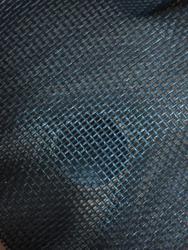
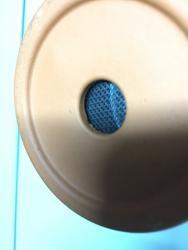
I always top off my plants with another gravel. Right now i am using a sand coloured one most of the time
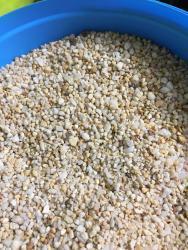
I do try to fertilise a little more than recommended to compensate for the low nutrients in my mix. I am starting to think i might also need to repot every few years as well.
Thats about it. I don't want my post to sound too negative , I think we all have different environmental challenges. I am never short of rainwater for instance

I just wanted to make the rather obvious point that the soil that works for you might well be being influenced by the local weather.
As is watering ...buts that's other sticky topic

My plants look OK to me most of the time
https://garden.org/plants/brow...
I do get the occasional random 'rot out' and periods where the plants just don't want to seem to root or grow. I just have to wait it out

Steve

